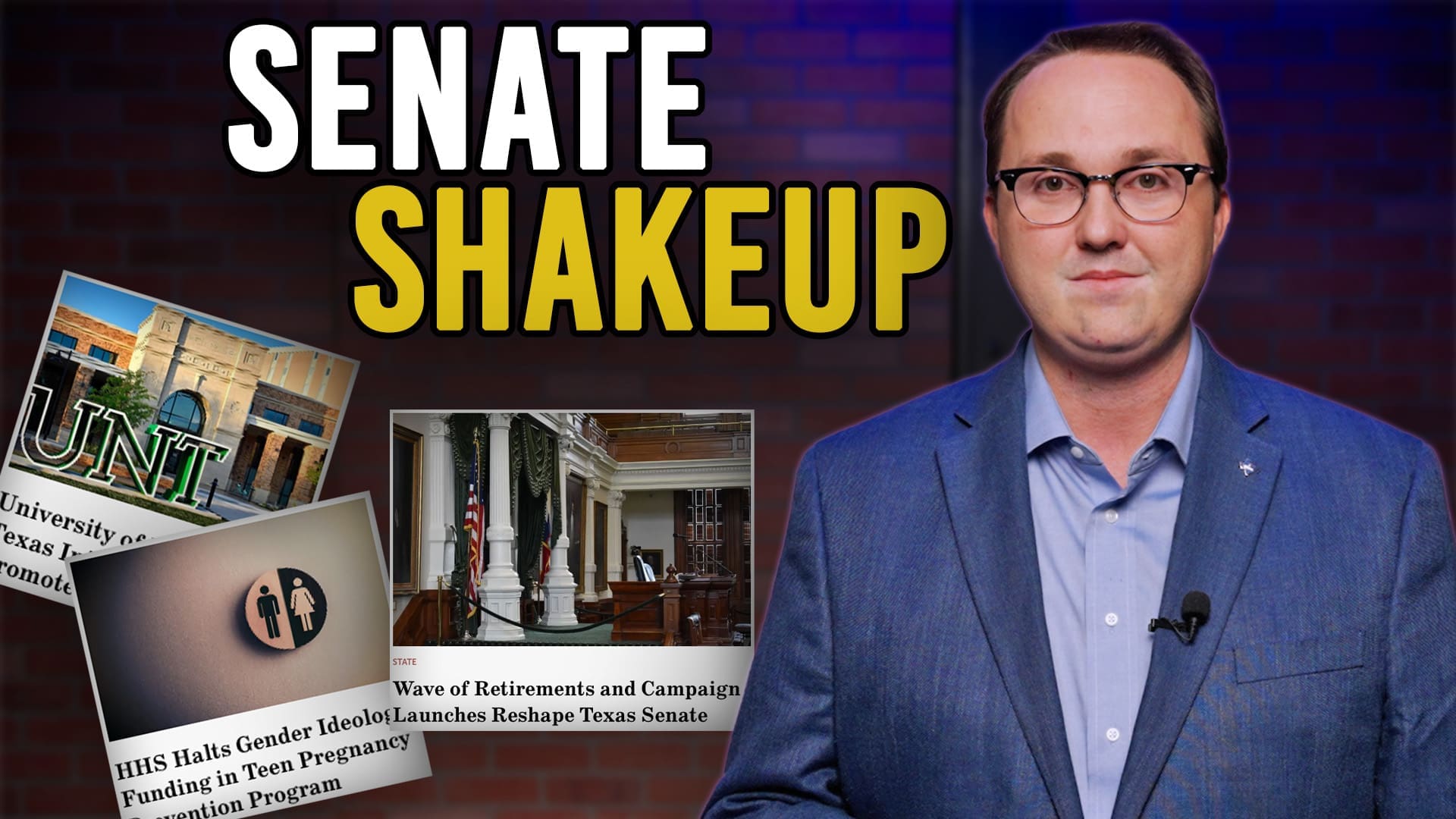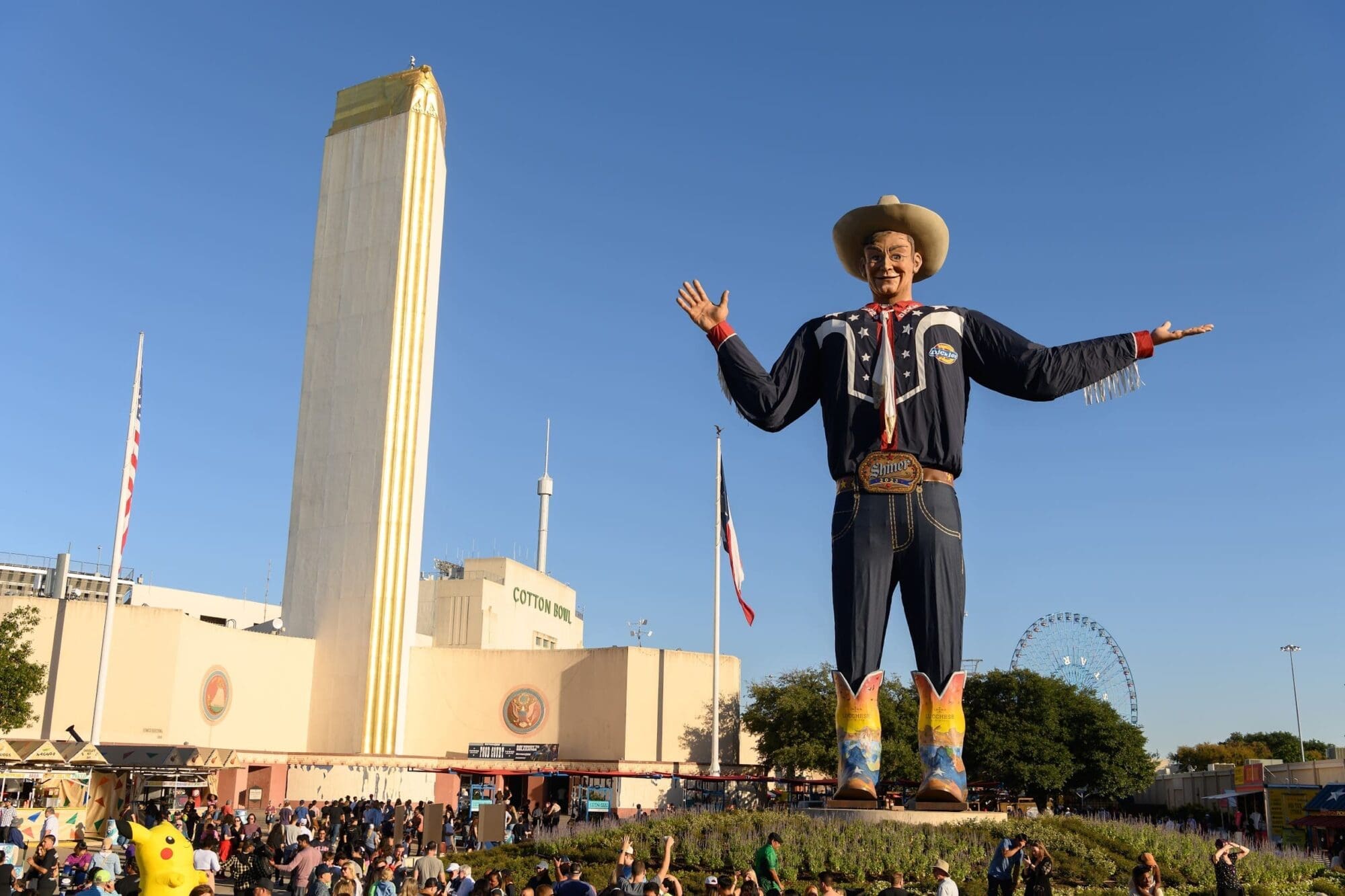Low voter-turnout may be a primary reason why San Antonio residents have been subjected to the ills of liberal policy. Yet that same voter apathy can also provide an opportunity for conservatives to turn things around… if only they mobilize.
In Texas we like to brag about the state of our economy, and rightfully so. Our state debt is comparatively smaller than other states – at about $40 billion ($1,557 per capita). However, at the local level the picture is not so rosy.
Local government debt in Texas is out of control, at $192 billion, putting us at 2nd behind only New York in total local debt per capita. San Antonio is leading the pack of Texas’ largest cities at $9.4 billion of total debt outstanding.
Local government accountability is important everywhere, but San Antonio residents will especially feel the sting of negligence if they don’t do their due diligence to hold their local officials’ feet to the fire.
Much of this debt, which contributes to rising property taxes – or more sneakily, rising appraisals of home values – is coming from bond proposals in the area.
Northside ISD (one of the largest school districts in Texas) has held a bond election every three years since it was founded in 1949. Since 1995, they’ve approved $2.5 billion in bonds for construction projects. NISD is seeking voter approval for even more debt to build an additional high school in 2014.
San Antonio and Castle Hills ISDs are also planning to hold another bond election, and Comal ISD is proposing the largest bond issuance in its history at a staggering $451 million.
Bexar County and the City of San Antonio have been in the big bond business recently as well. Last year, the Castro Administration managed to pass through a $596 million dollar bond, purportedly for infrastructure improvements. The bond was purported by Castro and the San Antonio Express News to have passed “overwhelmingly” by 72 percent.
But only 6.7 percent of registered voters in Bexar County actually cast a vote on that particular referendum. When you consider who would turn out to vote for such a thing – and why – it becomes increasingly apparent that the sleeping majority’s taxes are being increased at the behest of an attentive minority.
The same is true for city council – officials making decisions that affect the entirety of San Antonio residents are elected by a mere 7.6 percent of the entire electorate.
Only 29,449 people actually voted for Mayor Castro this year in May, and only 46,417 – 7.61 percent of the total 610,456 registered voters – voted in the entire city-council election. That 7.6 percent of people making decisions affect every San Antonio citizen – electing people who have far more influence over the day-to-day lives of the local citizenry than any state or federal lawmaker.
On the bright side, this same problem of low voter-turnout makes the efforts of engaged citizens seeking to change the status quo that much more powerful.
Citizens must exercise their civic duty in order to make sure the elected officials put in office are truly going to be stewards of the people. As the old adage goes, “all politics starts at the local level.”
This is our state; let them know it.




